Time travel? A real experience in an old town

Rice is the absolute staple food in Japan! The experience of "cooking rice in a kamado using a hagama pot" that you can experience at the Kyumusashi is exactly the way of cooking "the ultimate delicious rice" that Japan's latest rice cookers aim for. By adding firewood and adjusting the heat, you can experience a life closer to the past. And the rice is delicious! Why not give it a try?
-
Table of Contents
- "Kyumusashi" is a facility where you can experience traditional life
- Cook delicious rice in a kamado (stove) "Kamado Cooking Experience"
- Flow of the Kamado Cooking Experience
- Why not try the experience of cooking in a traditional Japanese stove?
"Kyumusashi" is a facility where you can experience traditional life
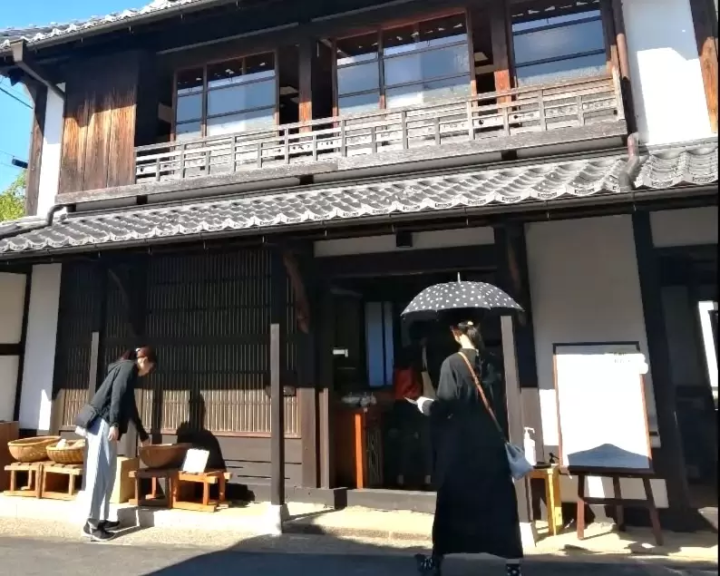
Uwacho, Ehime Prefecture City, is located about an hour's drive from Matsuyama City, Ehime Prefecture.
In the "Unomachi Streetscape" in Uwamachi, a row of townhouses from the end of the Edo period to the early Showa period, is "Kyumusashi," a facility where you can experience traditional life.
It is called "Kyumusashi" because during the Meiji period, the store was run under the name "Musashi."
In addition to the experiences, we also hold exhibitions of retro items and seasonal events.
Customers from overseas are also now dropping by.
For more information about the facility, please see the link below.
Cook delicious rice in a kamado (stove) "Kamado Cooking Experience"
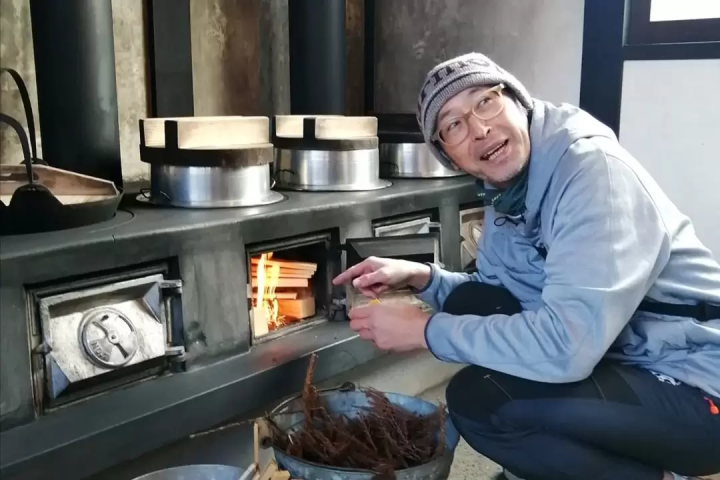
Of the many experiences available at Kyumusashi, the one we recommend the most is the "kamado cooking experience."
The Kamado cooking experience involves cooking rice the traditional way using a kamado.
In this experience, you will travel back in time and learn everything from measuring rice to plating it.
This is a unique and one-of-a-kind experience where you can learn about Japanese food culture and the wisdom of our ancestors' lives.
Flow of the Kamado Cooking Experience
From here, we will introduce the kamado cooking experience, following the flow of the experience.
1. Weigh out the rice
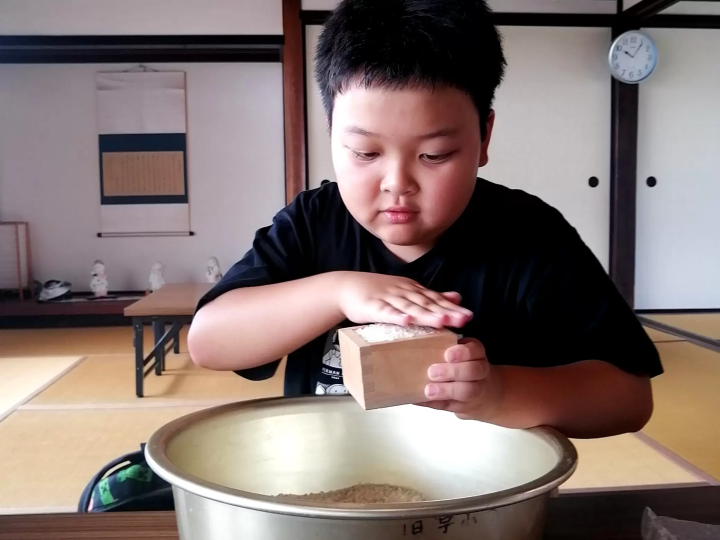
First, use a measuring cup to measure out the rice.
After scooping the rice into the measuring cup, use your hand to level out the raised part on top.
One measuring cup is called "1 go" and is the amount of rice for one person (about two rice bowls).
Measure out the rice using the measuring cup and transfer it to a bowl.
[Folk Tool] What is a Masu?
A masu is a square container made of cedar or cypress used to measure liquids or grains.
It is said to have been in use for over 1,300 years.
Nowadays, they are used as containers for sake and for the bean-throwing ceremony during the Japanese festival of Setsubun.
2. Wash the rice
Next, wash the rice.
The purpose is to remove the bran, a mixture of the germ and seed coat, and other debris from the rice in order to cook delicious rice.
Repeat steps ① to ③ below two or three times.
①Put water into the bowl until it's completely covered.
2) Wash the rice by rubbing it between your palms, pressing the rice down.
3) Discard the cloudy white water (called “polishing water”) from the bowl.
*The water will be used to wash the dishes, so please leave some of it when you cook in the kamado.
[Trivia] What is polishing juice?
Rice water contains oil and was once used as a substitute for dishwashing detergent.
By soaking your dishes in the polishing solution, even oily stains will be removed.
In addition, because the water contains nutrients such as vitamins, minerals, and amino acids, it is still sometimes spread on fields and used as fertilizer.
3. Soak in water
The washed rice is transferred to the "hagama".
Fill the kama with water (1.2 times the amount of rice) and soak for 15 to 30 minutes. By thoroughly soaking the rice in water, you can cook fluffy, sweet, and delicious rice.
Do not measure the amount of water using a measuring cup.
In the days before measuring cups, our bodies served as measuring materials.
Measure the amount of water by hand (using your hand) using the following as a guide.
◎Guideline
For children: above the ankle For adults: covering the back of the hand *The guideline varies slightly depending on the size and thickness of the individual's hands. It is useful to remember the best size.

[Folk Tools] What is a Hagama?
A hagama is a pot that was placed on a hearth and used to cook rice.
It has wings all around the kettle, giving it a distinctive shape.
The pot fits perfectly into the hole in the hearth, preventing the heat from escaping.
In addition, the heavy wooden lid also has a heat retention effect, allowing you to cook delicious rice.
4. Chopping firewood
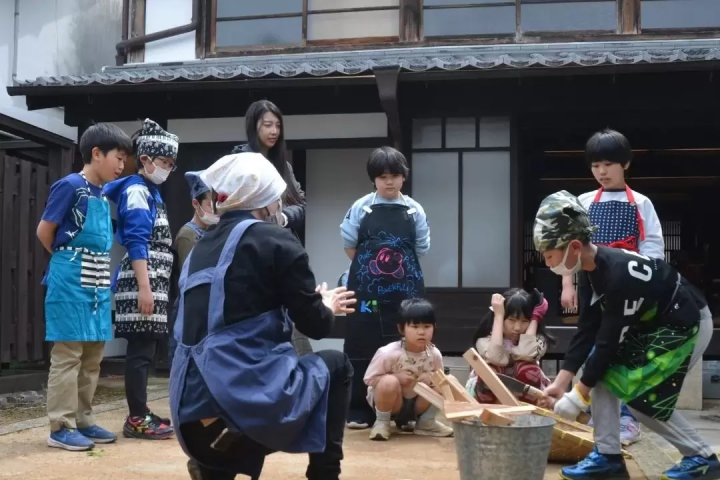
While the rice is soaking, prepare the firewood to keep the stove fire going.
To use your firewood efficiently, follow the steps below to split it into manageable pieces.
① Make sure there are no people nearby.
②Hold the hatchet in your dominant hand, and use a work glove with your other hand to prevent slipping, and hold the bottom part of the firewood firmly.
③ Place the center of the hatchet blade diagonally against the firewood and strike it down. (Important: At this time, do not use force with your dominant hand holding the hatchet, just place it on the top of the firewood.)
4. Once you have confirmed that the hatchet has bitten into the firewood and will not come out, switch the hatchet to both hands and strike it further down to split the firewood.
5. Light the stove
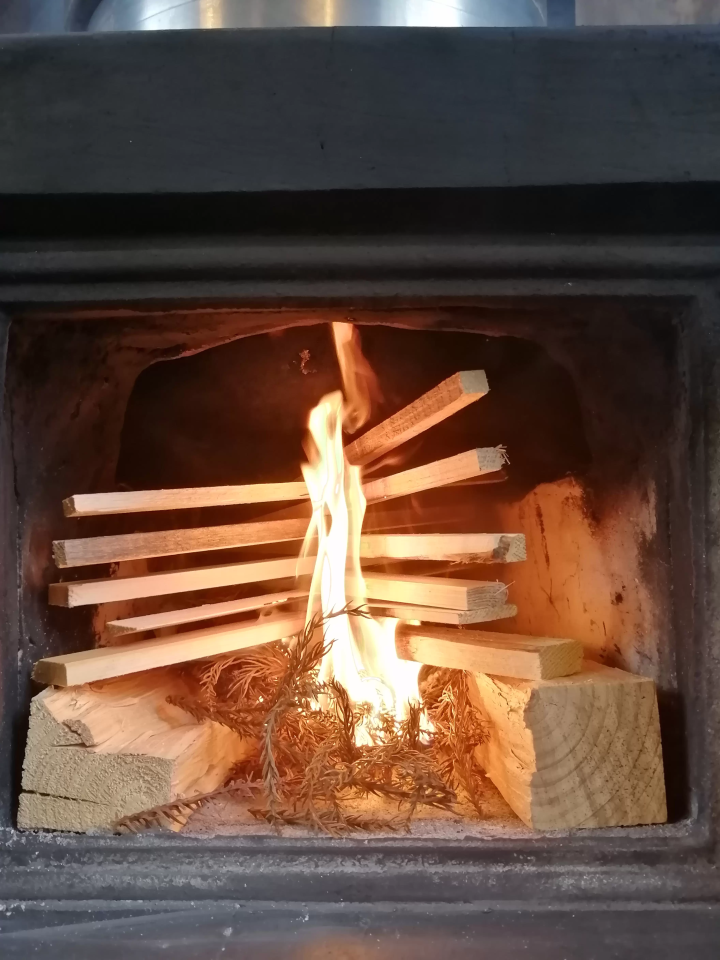
Finally, use the prepared firewood to light the stove.
It is important to arrange the firewood in a way that allows for good airflow inside the furnace.
First, place thick logs at both ends of the stove and then place a generous amount of dry cedar leaves in between.
Then, stack the smaller logs in an X shape, crossing over the thicker logs on either side.
Ignite the cedar leaves and once the fire has spread to the firewood, the fire is ignited.
6. Cook rice
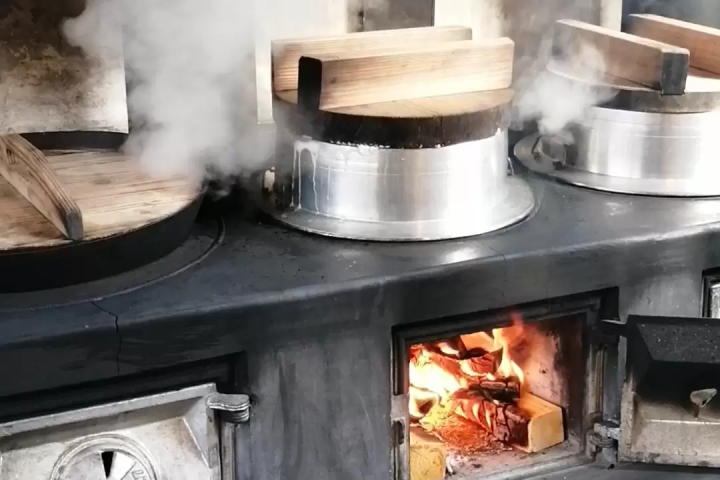
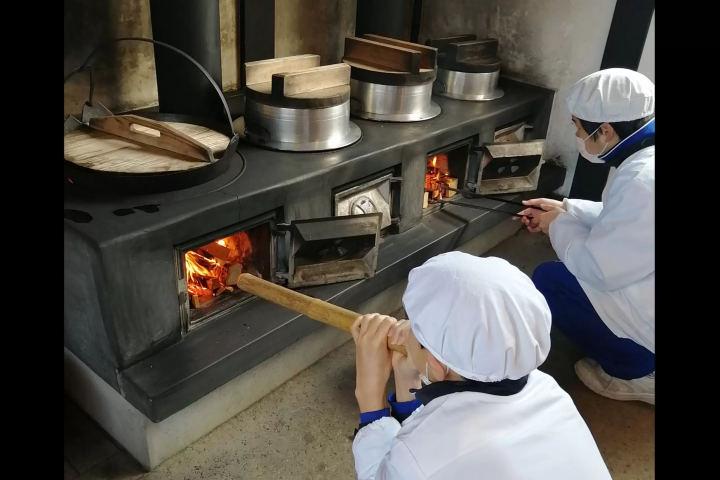
Place the kamado on top of the lit hearth.
While keeping an eye on the fire, blow air into it with a blowpipe to increase the heat.
A blowtorch is a bamboo tube that you blow into to start a fire.
Place your looped hands over your mouth and breathe into them.
The trick to cooking delicious rice is to not turn up the heat too high when you start cooking, and then turn it up to high heat once it's boiling.
After cooking the rice quickly over high heat, the fire is put out by moving the burning firewood to the next stove.
Steam the rice for 10 to 20 minutes.
7. Transfer the rice to the rice cooker
Once the steaming is finished, the rice is transferred from the kettle to an "ohitashi".
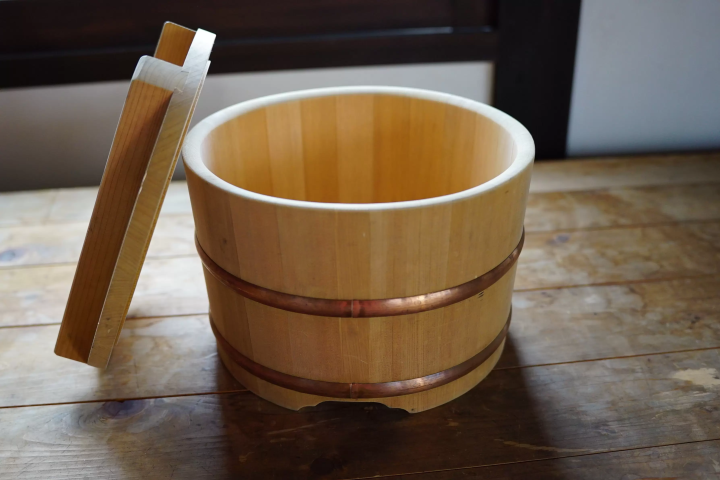
[Folk Item] Ohitsu An ohito is a wooden container used to store cooked rice.
By storing the rice in a rice cooker, the moisture content of the rice will remain constant even after a while, allowing you to enjoy delicious rice.
8. Serve the rice into bowls and eat it.
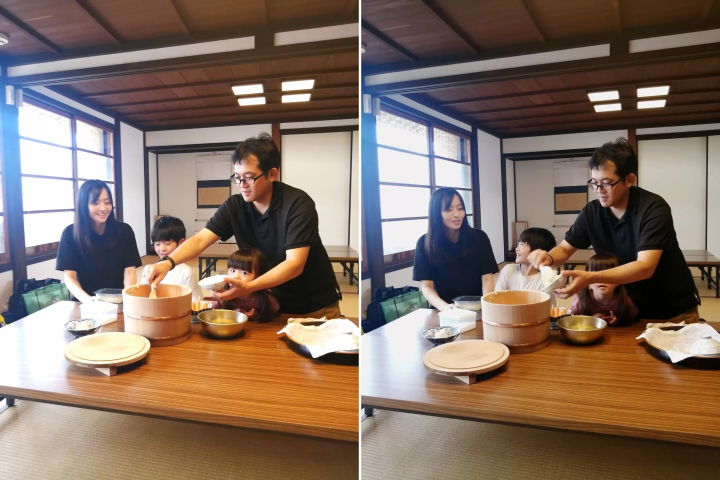
Put rice into a bowl and eat the freshly cooked rice.
9. Tidying up
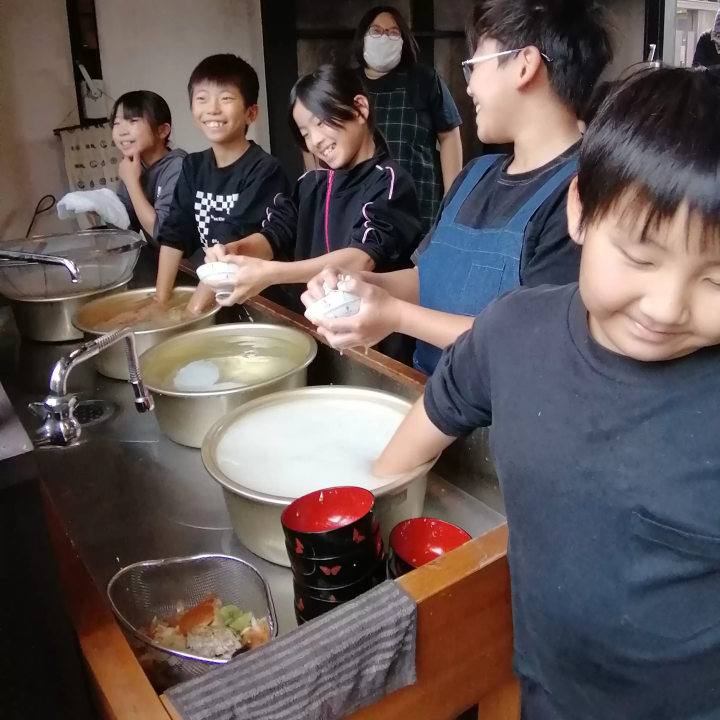
Using rice water instead of detergent, we thoroughly wash and put away rice bowls, chopsticks, rice containers, etc.
Why not try the experience of cooking in a traditional Japanese stove?

In this article, we introduced the experience of cooking rice in a traditional Japanese stove at the Kyumusashi Historical Village.
The rice that participants cooked themselves using traditional methods was especially delicious, and many participants ate more than usual!
Some participants also said that learning about the wisdom of olden times has changed the way they approach food.
Today, participants are once again experiencing cooking in the kamado and sharing their precious memories.
We look forward to your challenge!
Basic information about the Kyumusashi
Address: 229 Unomachi 3-chome, Uwa-cho, Seiyo-shi, Ehime Prefecture Prefecture Contact: 0894-62-6700 (Uwa Sentetsu Memorial Museum)
Access: 5 minutes by car from Seiyo-Uwa Interchange on the Matsuyama Expressway
8 minutes walk from Unomachi Station on the JR Yosan Line
🌸Experience Reservation🌸
Please make a reservation by phone or via the reservation page below one week before the desired date.
We create tourist brochures for the city, develop destination travel products, and carry out promotional activities. Fun, exciting things, and relaxing time. We work hard every day to promote the time that can only be experienced here at Seiyo, while also spreading the word about the products that this town is proud of. We hope that the wonderful things in this town will lead to richer times for everyone.
The contents on this page may partially contain automatic translation.





















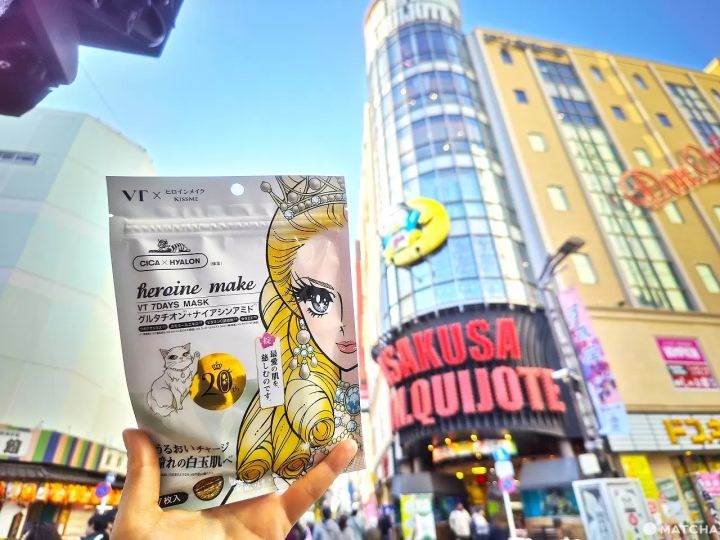



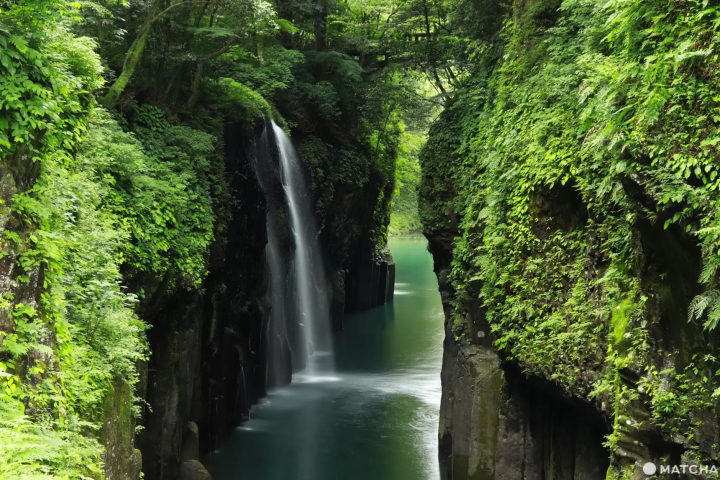




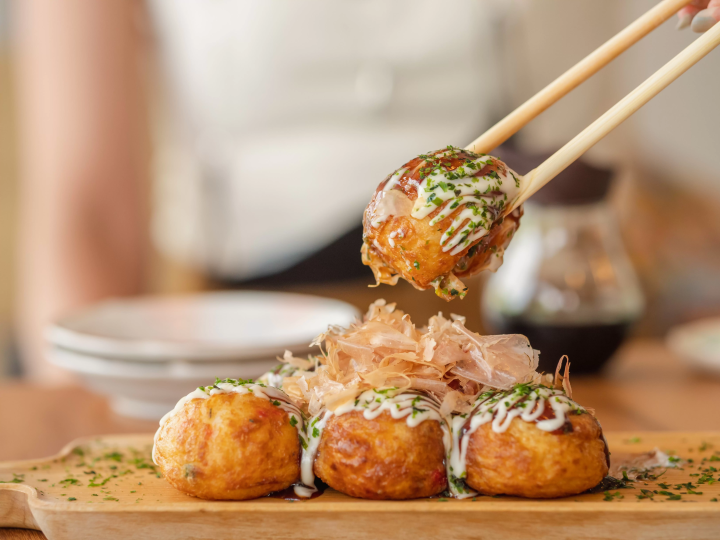
![[2026 Edition] FORMUAL 1 JAPANESE GRAND PRIX Information](https://resources.matcha-jp.com/resize/720x2000/2025/10/05-245984.webp)
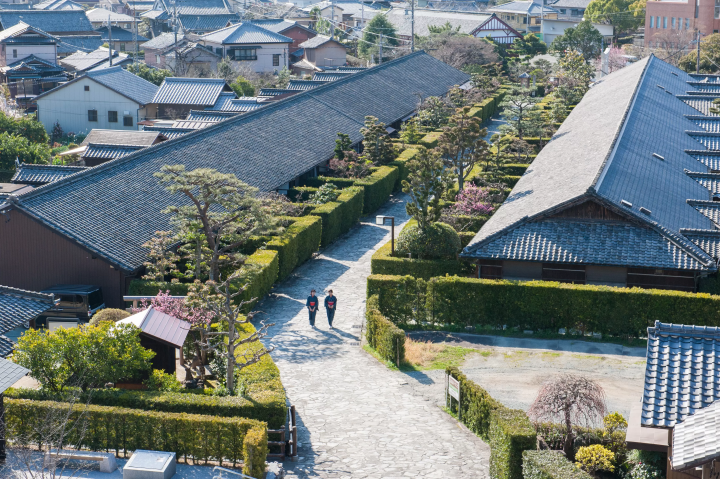
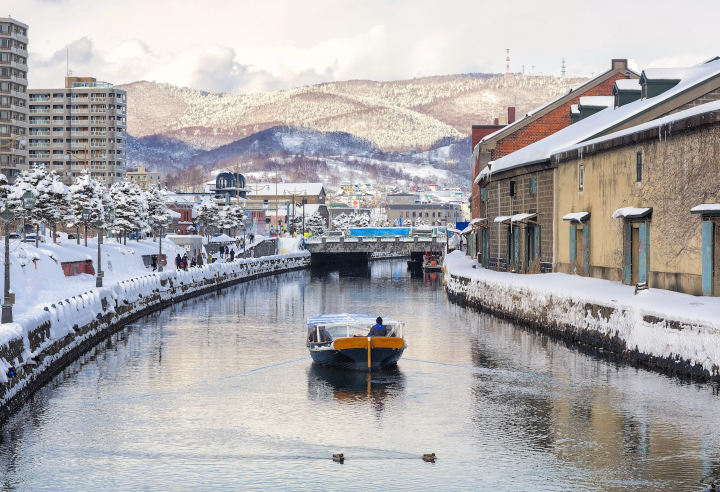
![[2025 Update] Namba's spectacular illuminations! "Namba Hikari Tabi" with approximately 1 million shining lights](https://resources.matcha-jp.com/resize/720x2000/2025/12/12-252825.webp)